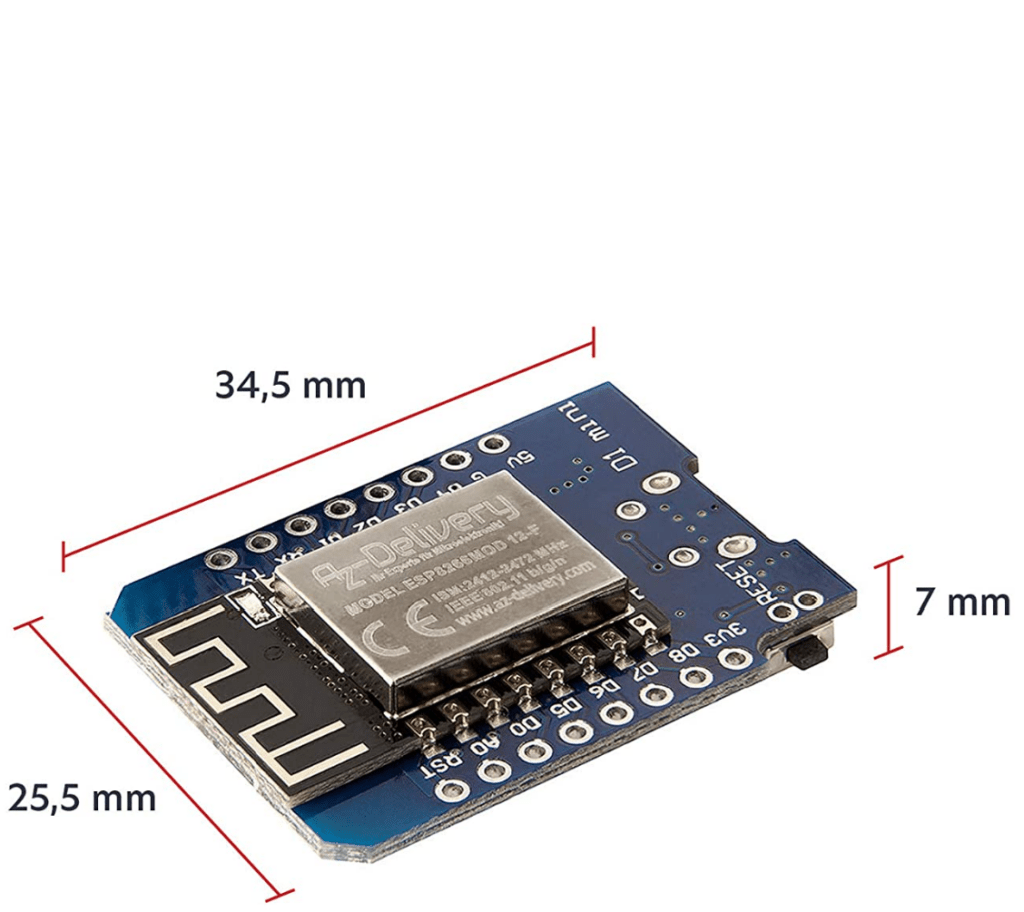All smart home systems, such as switches, adapter sockets, smart lamps, etc. contain small computers, so-called microcontrollers. Two quite common ones are the two boards ESP32 and ESP8266.
These two microcontrollers differ primarily in the built-in CPUs and the wireless capability. An ESP32 has a 2-core CPU, the 8266 only one core, both boards support WiFi, the ESP32 can also be addressed via Bluetooth.

These boards are small and only cost a few euros. You can read sensors or control actuators. To do this, they need a program, a firmware that is adapted so that the board can do its job.
ESPHome is such a firmware, an open-source firmware that comes with an infinite number of templates for tasks or special boards. Have a look here: https://esphome.io/index.html ESPHome is open source, anyone can view the source code and it does not need a cloud. For many commercial SmartHome devices there is an ESPHome version that makes it independent of the manufacturer and its cloud, remarkably interesting. But beware, if something goes wrong during the process of transferring the ESPHome to your device, the worst-case scenario could be that it becomes unusable.
ESPHome is super well integrated into Home Assistant, the devices are recognized in Home Assistant as devices with their entities and integrated directly. ESPHome must be installed via the HACS, I will also make instructions for this.
So much for the theory, on the next two pages I present two practical applications that I use. A Bluetooth proxy so that my Bluetooth devices can still be recognized on the 2nd floor and a relay card with 4 switching options.